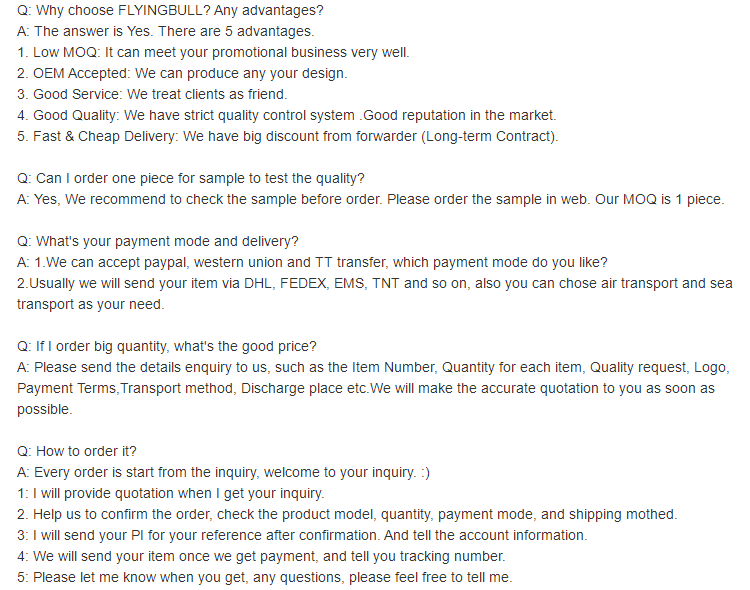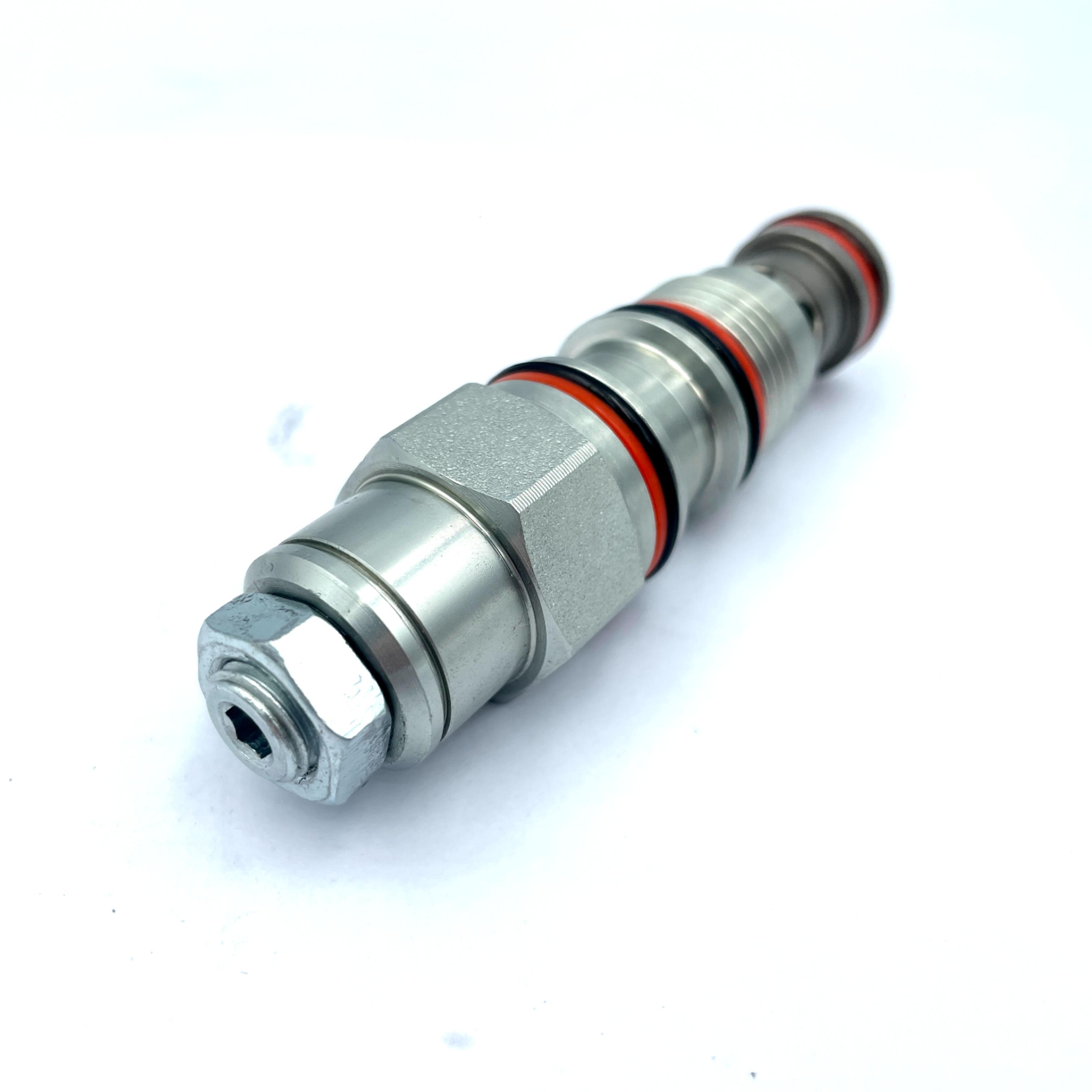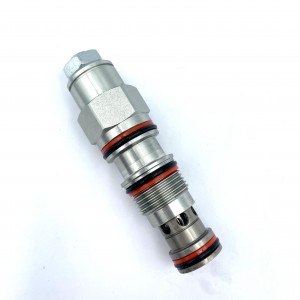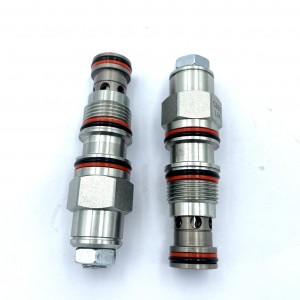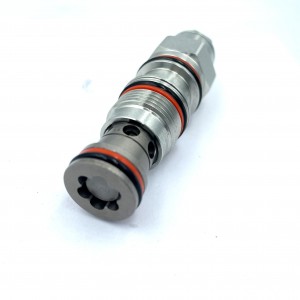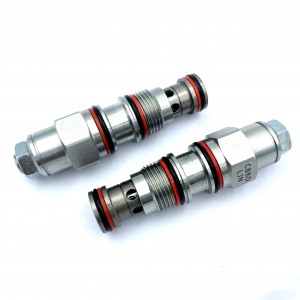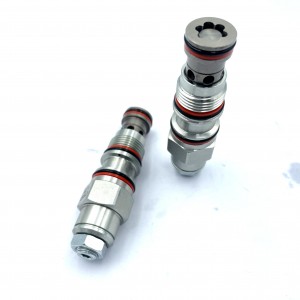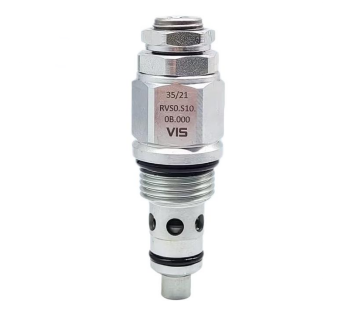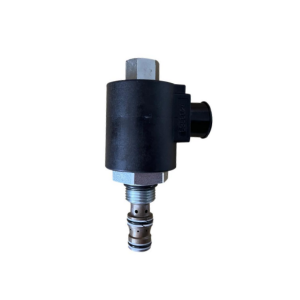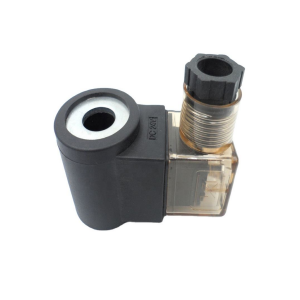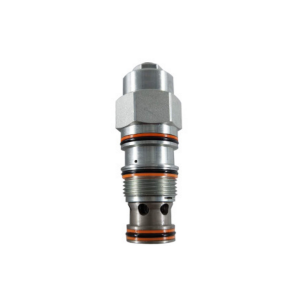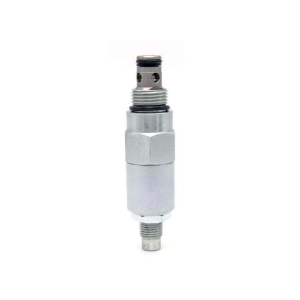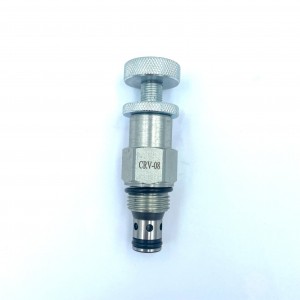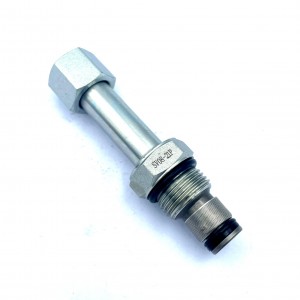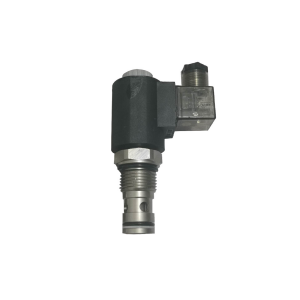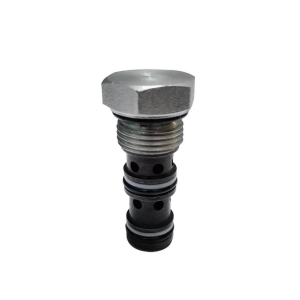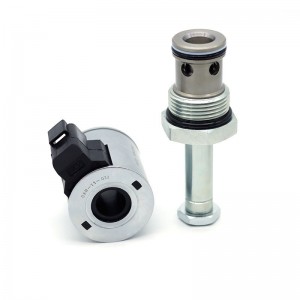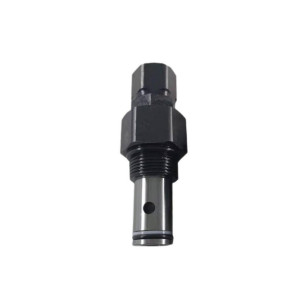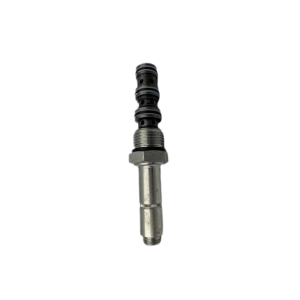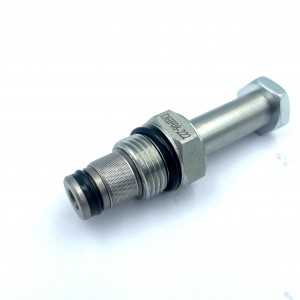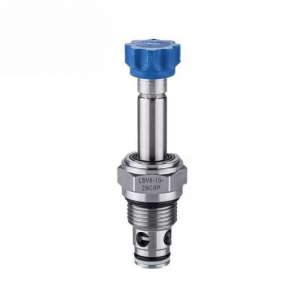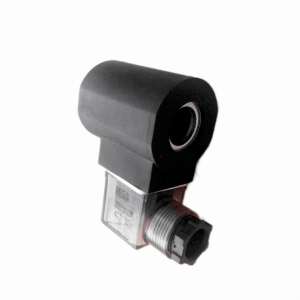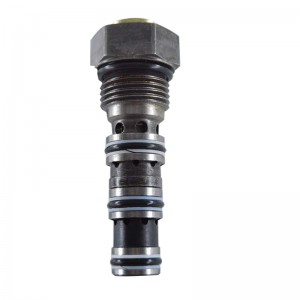Engineering mining machinery parts Hydraulic valve cartridge balancing valveCBBD-LJN
Details
Dimension(L*W*H):standard
Valve type:Solenoid reversing valve
Temperature:-20~+80℃
Temperature environment:normal temperature
Applicable industries:machinery
Type of drive:electromagnetism
Applicable medium:petroleum products
Points for attention
Technical characteristics of relief valve
Pilot controlled, balanced slide valve structure relief valve is normally closed pressure regulating valve. When the inlet (port 1) pressure reaches the valve set value, the valve begins to overflow to the fuel tank (port 2) and throttle to adjust the pressure. This kind of valve has high pressure adjustment accuracy, small pressure fluctuation with flow rate, smooth adjustment, small noise and moderate response speed.
All 2-port relief valves (except pilot relief valves) are interchangeable in size and function (e.g., a given configuration size valve has the same flow path, the same jack).
Can accept Zda pressure at mouth 2; Suitable for use in the overflow oil circuit of the cross port. If applied in an overflow oil line at a cross port, consider spool leakage.
Z-min is set to 75psi(5bar) for all spring ranges.
Not suitable for use in load locking applications due to leakage of the slide valve.
The back pressure at the tank port (port 2) is directly increased 1:1 to the set value of the valve.
The damping holes of the main stage are protected against contamination.
Cartridge valves with EPDM seals can be used in phosphate ester hydraulic oil systems. Exposure to petroleum-based hydraulic fluids or lubricating oils can damage the seal ring.
The floating structure reduces the possibility of internal parts bonding due to excessive mounting torque or machining errors of the jack/cartridge valve
he role of hydraulic valves
There are a variety of different types of hydraulic valves, and they still maintain some basic points in common. For example:
(1) Structurally, all valves are composed of a valve body, a spool (rotary valve or slide valve), and elements and components (such as springs and electromagnets) that drive the spool action.
(2) In terms of working principle, the relationship between the opening size of all valves, the pressure difference between the inlet and outlet of the valve and the flow through the valve is in line with the orifice flow
Only the parameters of various valve control are different.
Hydraulic valve is an automatic component operated with pressure oil, it is controlled by pressure valve pressure oil, usually combined with electromagnetic pressure valve, can be used for remote control of hydropower station oil, gas, water pipeline system. Commonly used for clamping, control, lubrication and other oil circuit. There are direct action type and pioneer type, multi-use pioneer type. The role of the hydraulic valve is mainly used to reduce and stabilize the oil pressure of a branch in the system, and it is often used for clamping, controlling, lubricating and other oil circuits. There are direct moving type, leading type and superposition type. A component used in hydraulic transmission to control the pressure, flow, and direction of liquids. The pressure control valve is called the pressure control valve, the flow control valve is called the flow control valve, and the control on, off and flow direction is called the direction control valve. Classification of hydraulic valves: classification by function: flow valve (throttle valve, speed regulating valve, diverter valve, collecting valve, diverter collecting valve), pressure valve (relief valve, pressure reducing valve, sequence valve, unloading valve), direction valve (electromagnetic reversing valve, manual reversing valve, check valve, hydraulic control check valve)
Product specification
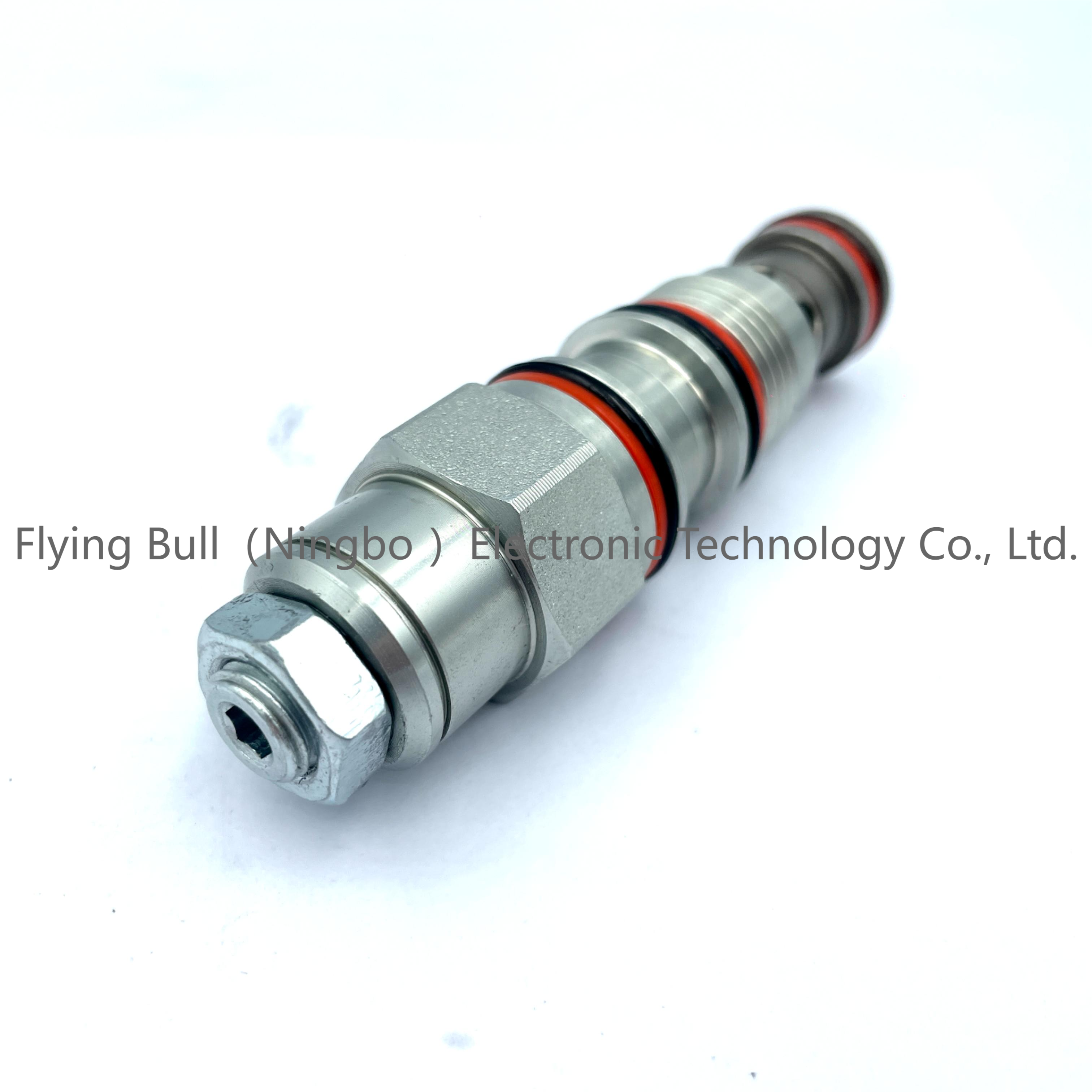
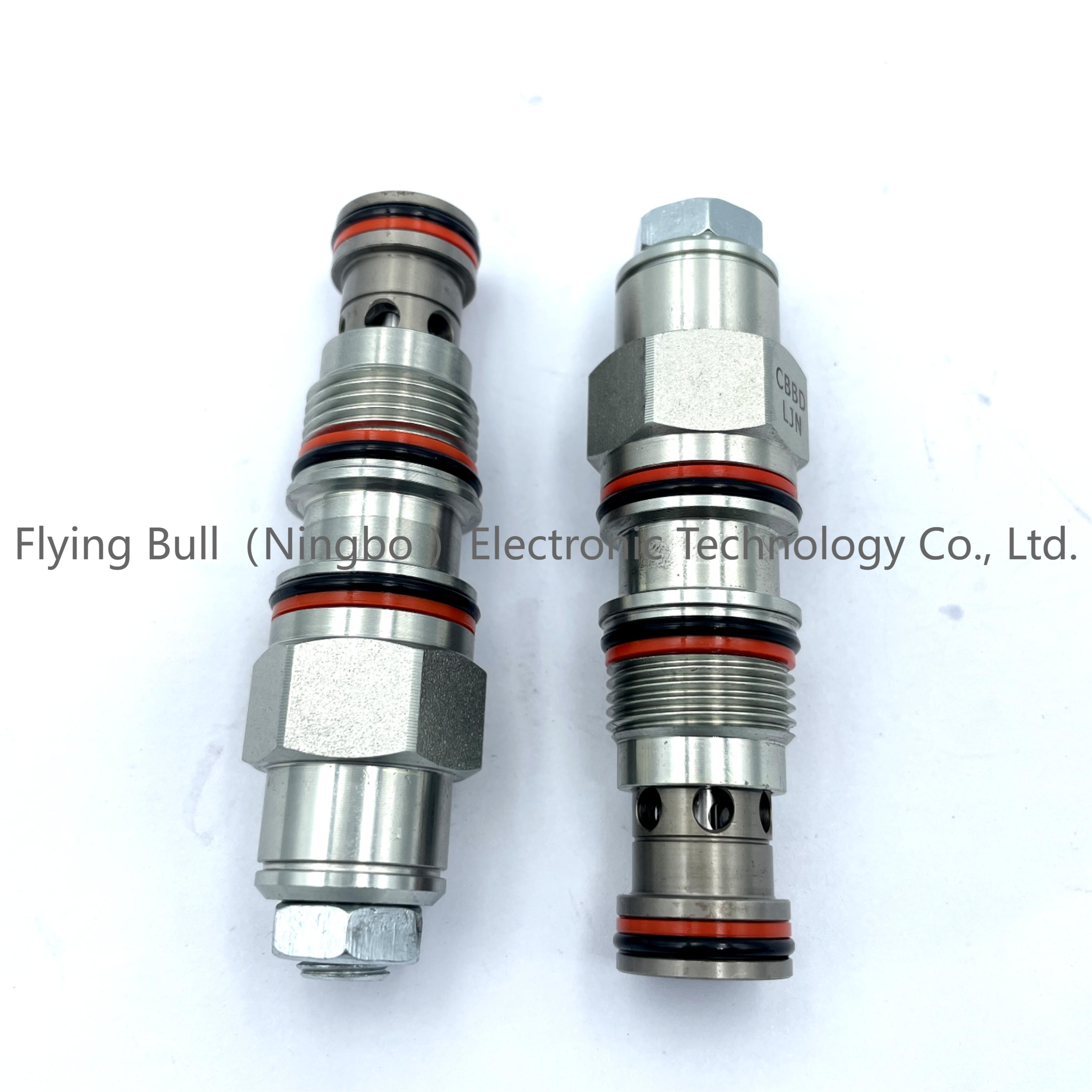
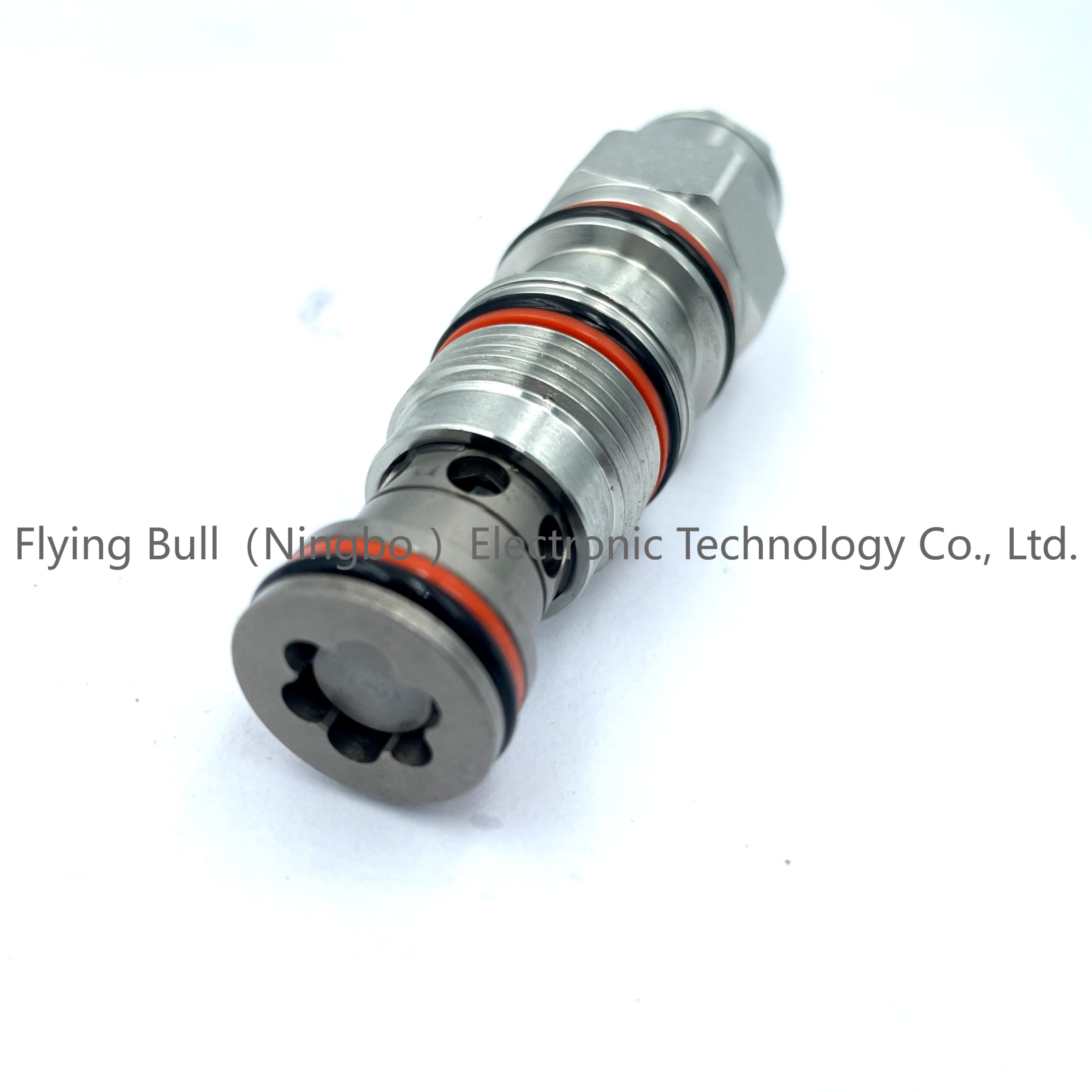
Company details







Company advantage
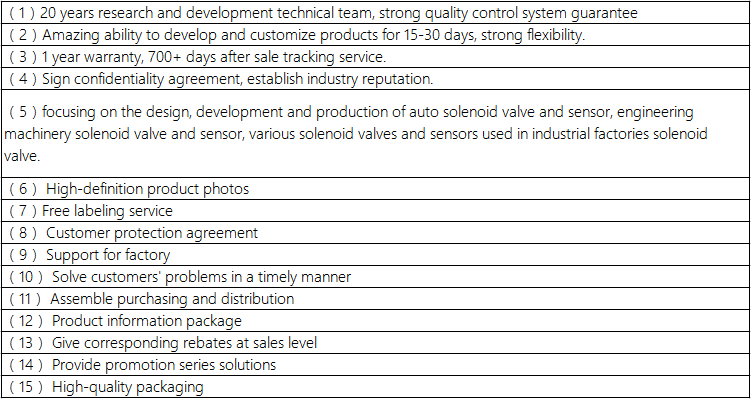
Transportation

FAQ
